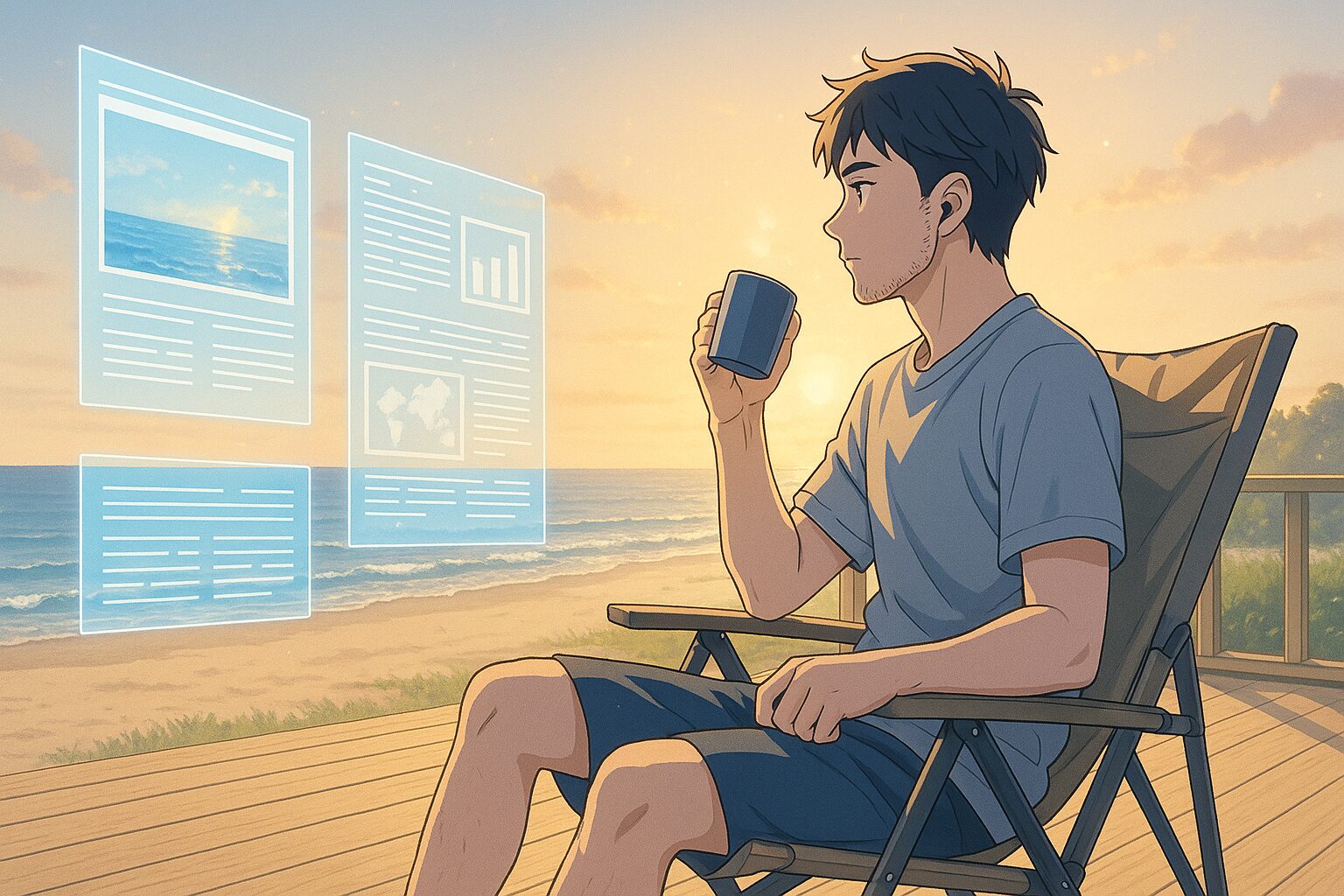Does Language Diversity Create the Future? Considering a Future Where the World’s Languages Coexist
“Respect for all languages” – what kind of future can we envision from the current situation in India, where such calls resonate? If this trend continues, how will our society change?
1. Today’s News
Source:
Union Home Minister Amit Shah’s appeal on Hindi Diwas: Respect all Indian languages
Summary:
- India’s Home Minister Amit Shah called for respect for all Indian languages on “Hindi Day.”
- He stated that the greatest strength of India’s languages lies in their ability to provide opportunities for expression across all classes and communities.
- He emphasized that language diversity supports cultural richness and forms the foundation of society.
2. Considering the Background
Language diversity is not only a means of communication but also a vital element in forming cultural identity. In a country like India, where diverse languages coexist, each language supports the local culture and traditions. Respect for language diversity is an especially important issue in today’s globalized world. The mechanisms through which different languages coexist may also influence the choices and values we face in our daily lives.
3. What Will the Future Hold?
Hypothesis 1 (Neutral): A Future Where Multilingualism is the Norm
If the trend of respecting all languages spreads, language diversity will likely be accepted as the norm. Schools and workplaces may develop environments where multiple languages coexist, leading to more opportunities to hear different languages in daily life. Speaking different languages could become a symbol of internationalism and broad-mindedness, with the value of “respect for diversity” being rooted as a core belief.
Hypothesis 2 (Optimistic): A Future of Significant Development in Language Culture
In a future where language diversity is respected, the interaction between language and culture will intensify, giving rise to new cultures and values. There may be an increase in international collaborations that transcend language differences, creating fertile ground for creative ideas and innovations to emerge. As a result, the cultural value of language may increase, leading to a richer and more creative society overall.
Hypothesis 3 (Pessimistic): A Future Where Regional Languages Are Lost
On the other hand, if efforts to respect language diversity are not made, there is a risk that regional languages may disappear due to the influences of globalization. Unification under major languages could lead to the extinction of minority languages and a decrease in cultural diversity. This could result in the loss of unique cultures and traditions, diminishing the vitality of society.
4. Tips for What We Can Do
Thinking Tips
- Reevaluate your language and culture while deepening your understanding of others’ cultures.
- Engage with diverse languages in your daily life to promote intercultural understanding.
Small Practical Tips
- Learn a new language to deepen your understanding of different cultures.
- Share information and thoughts on language diversity to raise awareness in your surroundings.
5. What Will You Do?
- Will you learn multiple languages and increase opportunities for cultural exchange?
- Will you actively support local languages and cultures to preserve language diversity?
- Or will you prioritize global languages to pursue efficient communication?
What kind of future did you envision? Please share your thoughts on social media or in the comments.









